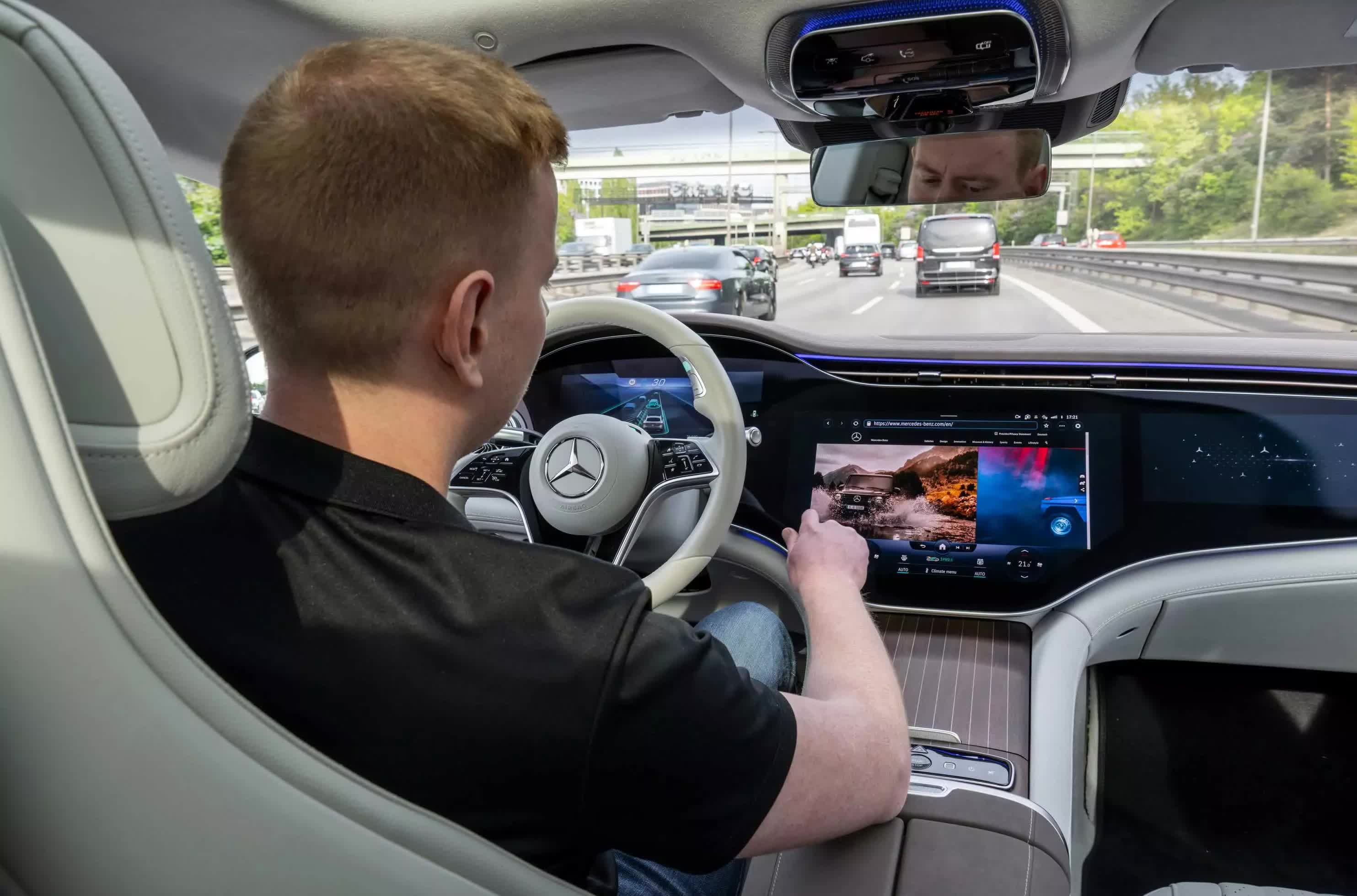
WWW.ARCHITECTURAL-REVIEW.COM
Faith Museum in Bishop Auckland, UK by Nall McLaughlin Architects
The Faith Museum by Nall McLaughlin Architects in Bishop Auckland, UK, combines the godly with the profaneJacqueline Stephen of Nall McLaughlin Architects is shortlisted for the MJ Long Prize for Excellence in Practice 2024. Find out more about the W Awards hereFound at the confluence of theRiver Wear and the River Gaunless, Bishop Auckland, in County Durham in the north of England, has a rich but unsung history as ameeting point of the sacred and the civic. Since the 11th century, the bishops of Durham have been central to the towns legacy. Centuries of conquest and religious ceremony laid further layers of history; industrial revolution and decline shaped the Victorian character and grain ofthe town centre. Auckland Palace the home ofthe bishops of Durham until 2012 hassimilarly been subjected to many transformations since it was built in the 12th century. The bishop of Durhams private chapel on the site, built in 1665, isconstructed from stones reclaimed fromthe 12thcentury mansion, which hadthemselves been salvaged from demolished buildings.Click to download drawingsIn 2012, the palace and its contents were purchased by the Auckland Project, aregeneration charity founded by Jonathan Ruffer, a financier and philanthropist; as acollector of religious Spanish art, Ruffer had a particular interest in the palaces collection of Francisco de Zurbarn paintings. By 2020, Ruffer had invested more than a third of his considerable wealth into the area in a bid to establish Bishop Auckland as a mustvisit cultural destination. An ambitious 25year plan was undertaken to transform Bishop Auckland into a centre of art, history and culture, where the lines between spiritual and secular are readily blurred.From the upper floor of the palace, evidence of an everexpanding cultural offering can be surveyed, alongside the significant archaeological excavations taking place within the site and the surrounding square mile. In 2014, NallMcLaughlin Architects (NMA), incollaboration with Purcell, won the competition to transform the Grade Ilisted Auckland Palace and its grounds into a national museum of religion and religious art. The 35mtall Auckland Tower at the tipof the towns high street opened in 2018;reminiscent of a medieval siege tower, the structure offers a viewing platform overlooking the castle, town and parkland beyond. A twostorey, monopitched building at the towers base houses an information centre, ticketing office and theAuckland Project offices. As part of thewider Bishop Auckland development, neighbouring farmhouses were carefully repaired and now contain galleries, arestaurant, a hotel and facilities for thegroundskeepers and gardeners. And inOctober 2023, almost a decade after its inception, the Faith Museum opened its doors to the public an extension to Auckland Palace housing a permanent exhibition showcasing 6,000 years of Britishfaith.References range from tithe barns to the exquisite detail of reliquary boxesEchoing adjacent activities, the architects designs for the museum began with an archaeological study, uncovering the presence of a building that formed acourtyard garden with the palace. This discovery, confirmed by archival drawings, dictated the location of the new museum and the proposed Faith Garden. The palace grounds and Faith Museum lie beyond Robinsons Arch, a squat stone entrance that is partcrenellated castle wall, parttriumphal arch and partclocktower. Once through the arch, the layers of history unfold. Two walls, parallel to the path, stitch together the varied typologies anderas found within the palace curtilage. Tothe south, a 17thcentury walled garden sharply falls away; its beds and orchards provide food for the palaces caf. To thenorth, a stone wall is intermittently interrupted by elevations of adjacent buildings an agricultural yard, timber loadingbay doors, the Faith Museum proudly stepping forward, the palaces grand entrance and finally disappears from view towards woodland.The size and sharpness of the Faith Museum silhouette are imposing, but its simple form, deft details and singularity lend a quietly assured presence. We wanted a bold piece of contemporary architecture from the start, explains ClareBaron, head of exhibitions at the Auckland Project. We wanted to signal that there is a renewed future for the site, through the creation of a destination for art, culture and faith. The monolithic museums design considers themes of monumental and ordinary, secular and sacred, contemporary and historic, says NMA associate Jacqueline Stephen, who led the project between 2016 and 2023. Acombination of the monumental and theordinary informs the references used by the architects, ranging from utilitarian tithe barns used by medieval farmers for their church offerings, to the exquisite detail of reliquary boxes containers forsacred relics. The building is secular inits function as a museum, but because of the nature of its contents and the religious associations of the site, we sought to give ita heightened sense of the sacred, byelevating certain details.Click to download drawingsThis elevation is discernible at every scale, across every surface, from the locally crafted finials at the roofs apex, to the stonelined drains where the museum meets the ground. Locally quarried CopCrag sandstone is used to create amonolith full of depth and interest, in Stephens words. The material specification balances consistency and variety, allowing the assorted tones to neither cluster nor create a clear rhythm. The stone was cut bylocal masons in different ways: at ground level, splitfaced to bring out its richness and depth; cut into largeformat smooth ashlar for the firstfloor walls, which expresses the variation and patterns; and assembled into an openjointed rainscreen on the steeply pitching roof. Ageing is part of the composition, as the different stone formats weather in different ways; an elegant concealed gutter subtly highlights the contrast between the pristine facade and the roof that has developed into adeeper shade.At first, the museum appears to be a standalone building; however, the extension is in fact accessed from Auckland Palace via the 16thcentury Scotland Wing. The lower level is partially sunken and the enfilade of galleries are artificially and dimly lit to protect the works on display. On the floor above, however, the main gallery is radiant and weightless. Delicately formed steel trusses carry the faintly stippled acoustic ceiling above; the soaring pitched ceiling engenders an ecclesiastical feel. As elsewhere, everyday details are elevated: floor vents necessitated by the strict environmental conditions needed todisplay such fragile objects reinforce thecadence of patterned parquet floors, popping out to reveal services below. Otherwise, none of the innumerable security and environmental controls are apparent. Sliding timber screens conceal goods lifts with effortless grace. Wooden finishes and parchmentcoloured walls givethe gallery warmth. Walls are intermittently broken by deep arrowslit openings, with predictably perfect reveals.Click to download drawingsNMA made for fitting collaborators. TheLondonbased practices portfolio is typified by its expressive and exquisitely crafted architecture in challenging contexts often steeped in history. From its mending of a listed west London monastery in the early 1990s, to their more recent student halls, auditoriums, sports pavilions and libraries for Oxford and Cambridge universities, the practice often blurs the line between divinity and the everyday intheir work. Toplit, lofty volumes pair with humble materials, and revered finishes fuse with quiet, familiar details.Stephen shares that she has a particular interest in the technical and construction stages of projects and notes the scarcity offemale voices among contractors. We wanted the project to have an inherent simplicity, but knew its success would hinge on the detailing and delivery. This required working closely with the main contractor and specialist subcontractors to ensure the execution matched the projects aspirations, even when that meant having difficult conversations. With a scheme so seemingly simple, there is nowhere to hide. From concept to completion, Stephen has guided the process with an extraordinary level of care. Despite its significant scale and tight tolerances, the finished Faith Museum does not feel weighed down by anyof its constraints. Instead, it is light: sacrosanct.
0 Kommentare
0 Anteile
114 Ansichten












